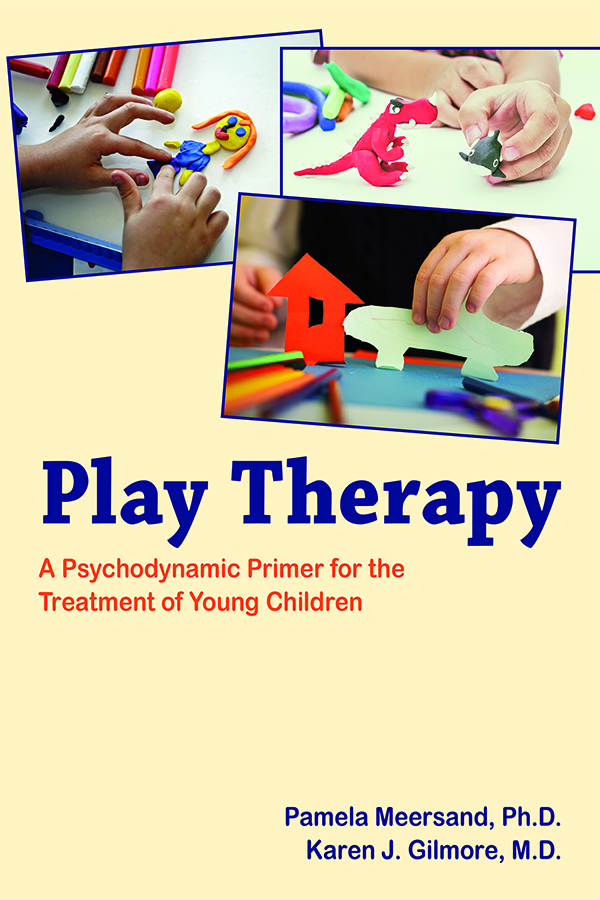Sections
Excerpt
Despite some controversy about play’s developmental function, there is no doubt that play forms evolve with a child’s emerging ego capacities. As each play form arises, it signals the acquisition of new cognitive, affective, socioemotional, and linguistic abilities, and arguably serves to exercise those abilities on a regular basis, facilitating their developmental evolution. Symbolic or pretend play, the premiere play form for play therapy, arises in tandem—and in dynamic concert—with important milestones in normal development: symbolic capacity, burgeoning language, expanded range of emotions (including ambivalence and guilt), evolving self-regulation, theory of mind, and a leap forward in the nature of object relations. To the extent that these milestones are affected by developmental delay, deprivation, environmental failure, or emerging psychopathology, the child’s progressive development of the capacity to engage in symbolic play and other play forms is similarly impacted, derailed, slowed, or aborted. This is the basis for the use of play in a range of diagnostic measures, both clinically and in research protocols. Moreover, given that play is considered a facilitator of developmental progression, the characterization and treatment of play disturbance is an implicit goal in play therapy. In this chapter, we consider the interface between play and psychopathology, both in general and in regard to some specific diagnostic entities.
Access content
To read the fulltext, please use one of the options below to sign in or purchase access.- Personal login
- Institutional Login
- Sign in via OpenAthens
- Register for access
-
Please login/register if you wish to pair your device and check access availability.
Not a subscriber?
PsychiatryOnline subscription options offer access to the DSM-5 library, books, journals, CME, and patient resources. This all-in-one virtual library provides psychiatrists and mental health professionals with key resources for diagnosis, treatment, research, and professional development.
Need more help? PsychiatryOnline Customer Service may be reached by emailing [email protected] or by calling 800-368-5777 (in the U.S.) or 703-907-7322 (outside the U.S.).



